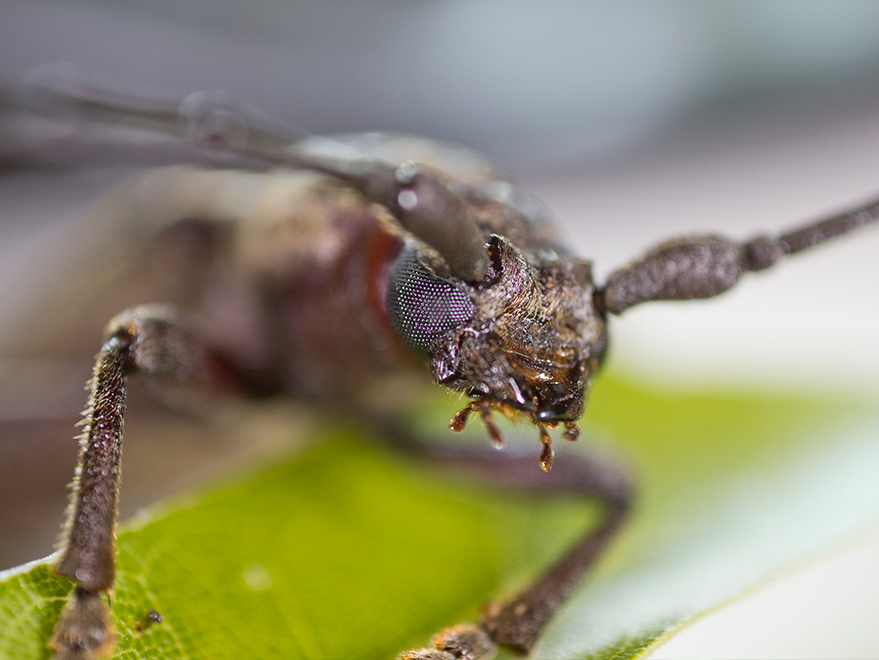Here at our 60 acre family farm we take great pride in offering the healthiest and highest quality of trees found in the Metroplex. With that highly regarded reputation comes constant inspections for various pests and issues. To ensure that you keep your trees in the same high quality health as when planted, we are going to share more educational blogs this year to help everyone learn about what pests and issues to look for. Today we are going to be talking all about borers so you can all learn how to prevent, identify, and treat if needed.
In this blog we will specifically be discussing the following important topics:
- What are borers?
- Stages of a borer.
- Learn about the different types of borers.
- How to monitor and inspect your trees for borers.
- How to prevent borers from attacking your trees.
- How to treat your tree if it gets borers.
What are Borers?
Borer beetles are part of the Anobiidae (order Coleoptera) family. These adult pests are known for burrowing into trees and laying eggs inside the trees. These adult borers find sites for laying eggs by responding to chemicals and signals from stressed trees. Once the larva hatches then they feed on the inside of the tree and create tunnels. This causes additional stress to an already declining tree and can lead to a quicker death if not treated quickly. The tunnel can cut off portions of the vascular system of the tree and deprive it from sending nutrients up the tree.
Life Cycle of a Borer
Timing of life stages throughout the year will differ depending on the species of borer, your location and environmental conditions, but all borers go through complete metamorphosis with four life stages: egg, larva, pupa and adult.
- Eggs – Laid when adults are mating on or near the host plant. Common egg-laying sites are on or under bark, in leaf litter/detritus on the ground, and in cracks of tree trunks or branches.
- Larvae – Once hatched they bore into the host plant using digestive enzymes and begin feeding. Feeding will increase progressively as they grow.
- Pupae – Some borers pupate in or on the host plant; others drop to the soil and pupate there. No damage is done during this stage.
- Adults – Emerging from the pupae, adults mate and seek out optimal sites for eggs to be laid.
Learn About the some Common Types of Borers in North Texas
Clearwing and flatheaded borers are the main types that attack woody ornamentals. The groups differ somewhat in their habits and host preferences, which can affect the approach for controlling them with insecticides. The key to controlling these pests are to keep plants healthy and, if necessary, to treat during the Spring and Summer when borers are vulnerable to insecticides.
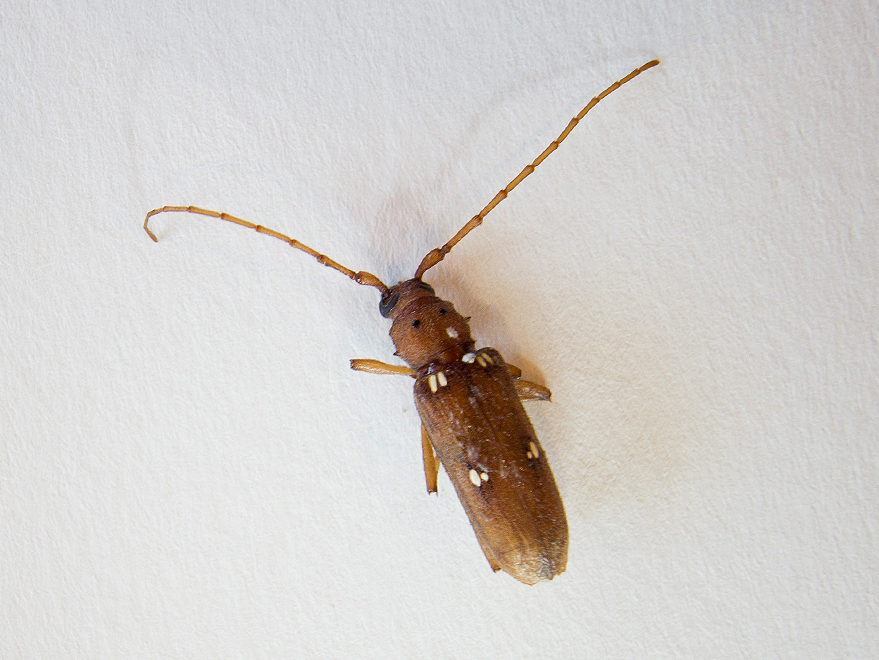
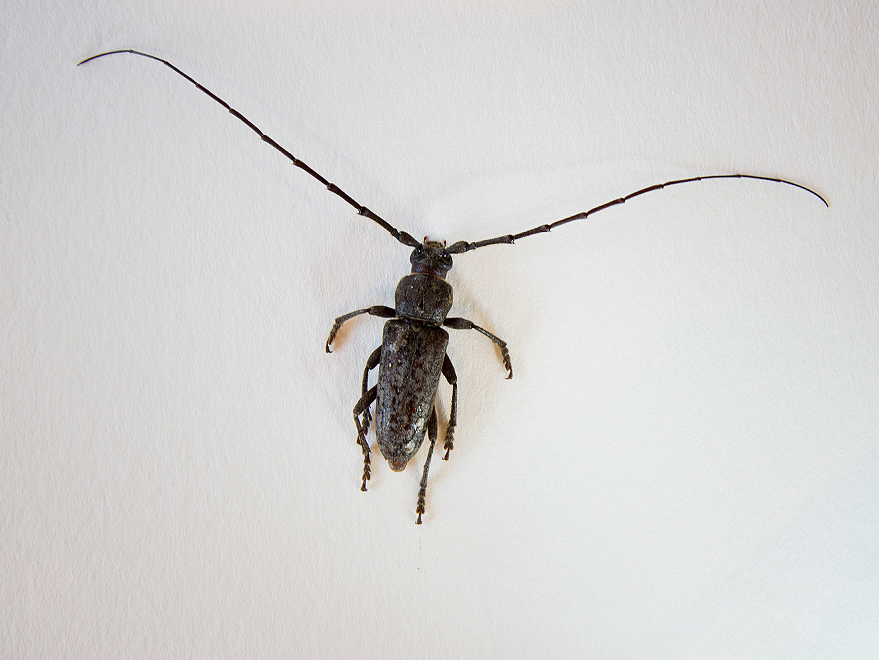
How to Monitor and Inspect Your Trees for Borers
Borer beetles are most easily identified by the round, oval or D shaped holes that they burrow in the tree trunks. Also keep an eye out for large holes that are leaking sap like the below pictures. You might also see sawdust like material on the ground or in the cracks of the bark.
Some people do misidentify borer holes for woodpecker holes. Just know that woodpeckers also carve a series of holes together, while the borers burrow just one hole in an area. If you have several borer beetles then you could see several holes randomly placed around your tree trunk, but never in a row like the woodpeckers holes.
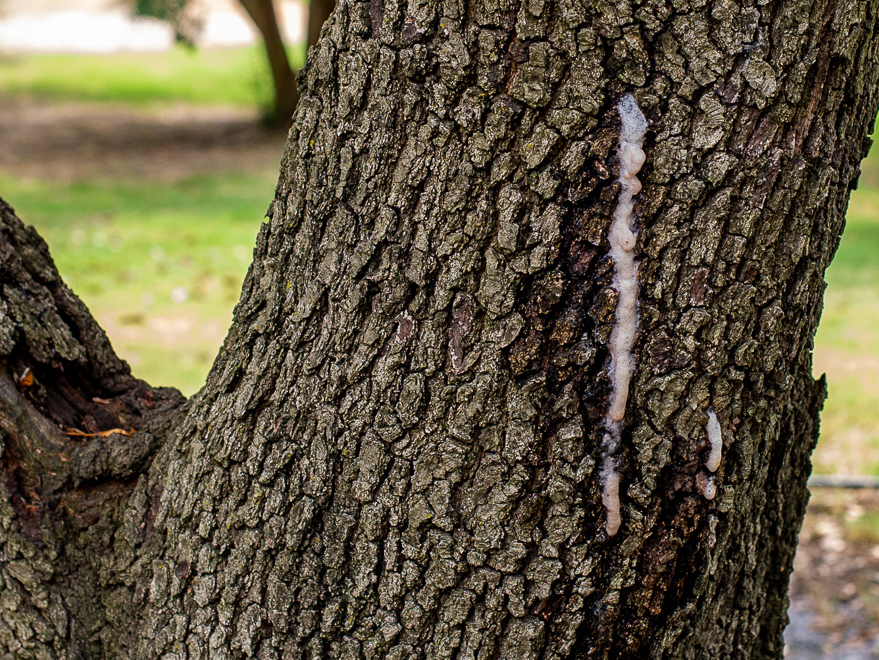
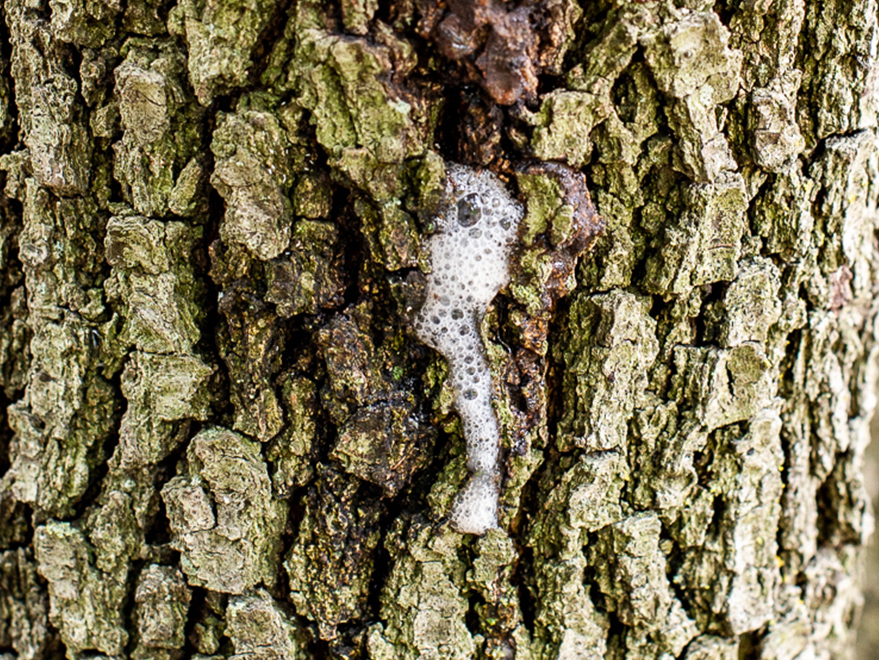
How to Prevent Borers From Attacking Your Trees
Borers prefer trees in stress or decline, and truly the best way to control these pests is by keeping your trees and shrubs healthy. Planting trees properly and not wounding the trees while planting or mowing around them is also important. But should your tree get borers, then not all is lost and you can try treating it.
How to Treat Your Tree if it Gets Borers
If the borer beetles have already burrowed inside the tree then insecticide sprays will not be effective. Products must be applied during the Spring or Summer while the larvae or eating on the tree so the chemicals are actually ingested. Systemic insecticides (azadirachtin, emamectinbenzoate, imidaclprid) applied with a trunk injection works well along with bark sprays and soil drenches (dinetofuran and imidacloprid). Our favorite product to recommend for flatheaded borers is Bayer Advanced 12 Month Tree & Shrub Protect & Feed. It is a soil drench and the active ingredient is imidacloprid. You will need to treat your trees a couple times, and please make sure to always read and follow label directions for safe use of any pesticides. If you feel overwhelmed with applying these treatments yourself then you can always hire a local arborist to help you.
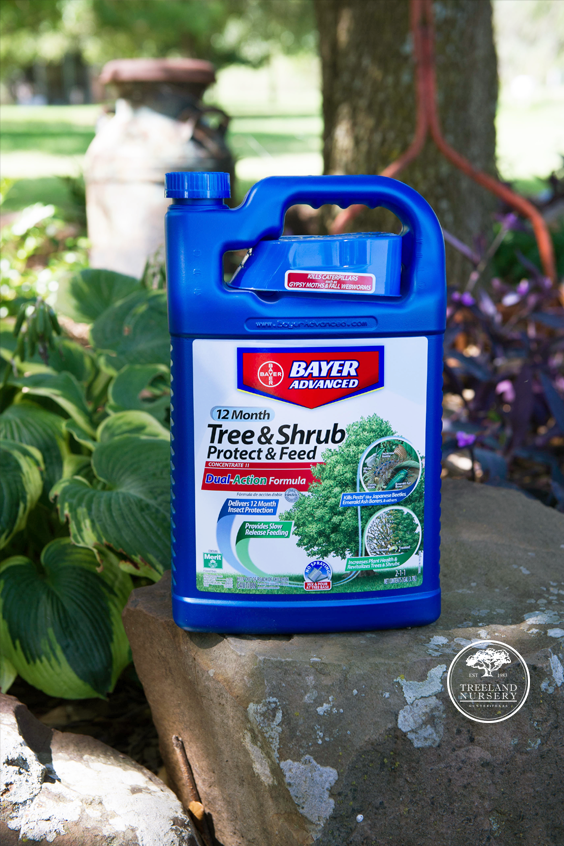
I really hope that you have found this blog helpful. We will continue sharing about some of the pests in North Texas so all of our customers and followers can feel more prepared and informed for any pest that comes their way.
-Denise














